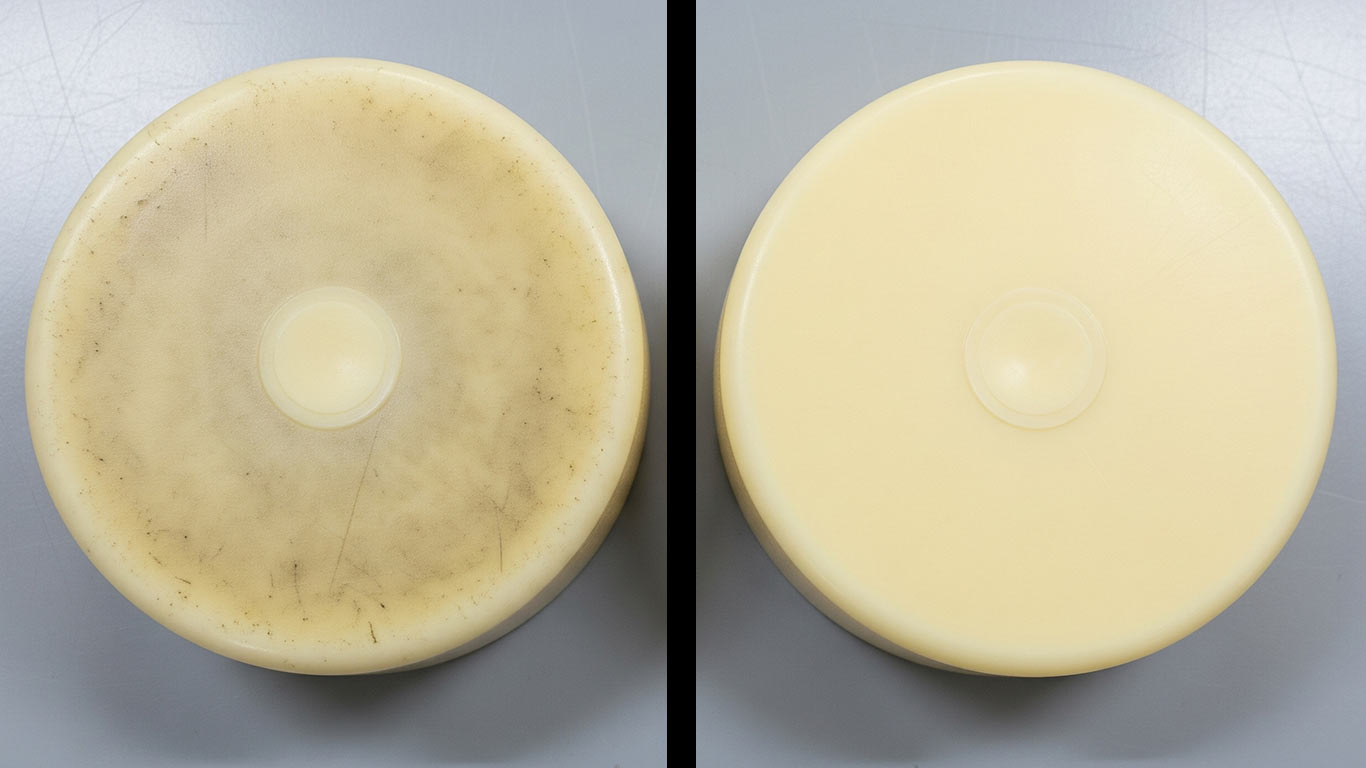
ANSI
ANSI Z136.1 - Safe Use of Lasers



When laser cleaning urethane composites, keep an eye on their quick energy absorption compared to metals, which calls for lower power settings to avoid surface charring and achieve clean contaminant removal without weakening the material's flexible strength.
At 1000x magnification, the contaminated urethane composite surface shows scattered dark residues clinging tightly to the material's uneven texture. We've found that these irregular patches create a mottled appearance across the entire field of view. Deeper inspection reveals fine particles embedded within the surface layers, disrupting the overall uniformity.
After laser treatment at the same magnification, the urethane composite surface appears smooth and reveals a consistent matrix free of residues. We've observed that the treatment exposes the clean underlying structure with sharp

ANSI Z136.1 - Safe Use of Lasers

IEC 60825 - Safety of Laser Products

OSHA 29 CFR 1926.95 - Personal Protective Equipment
License: Creative Commons BY 4.0 • Free to use with attribution •Learn more